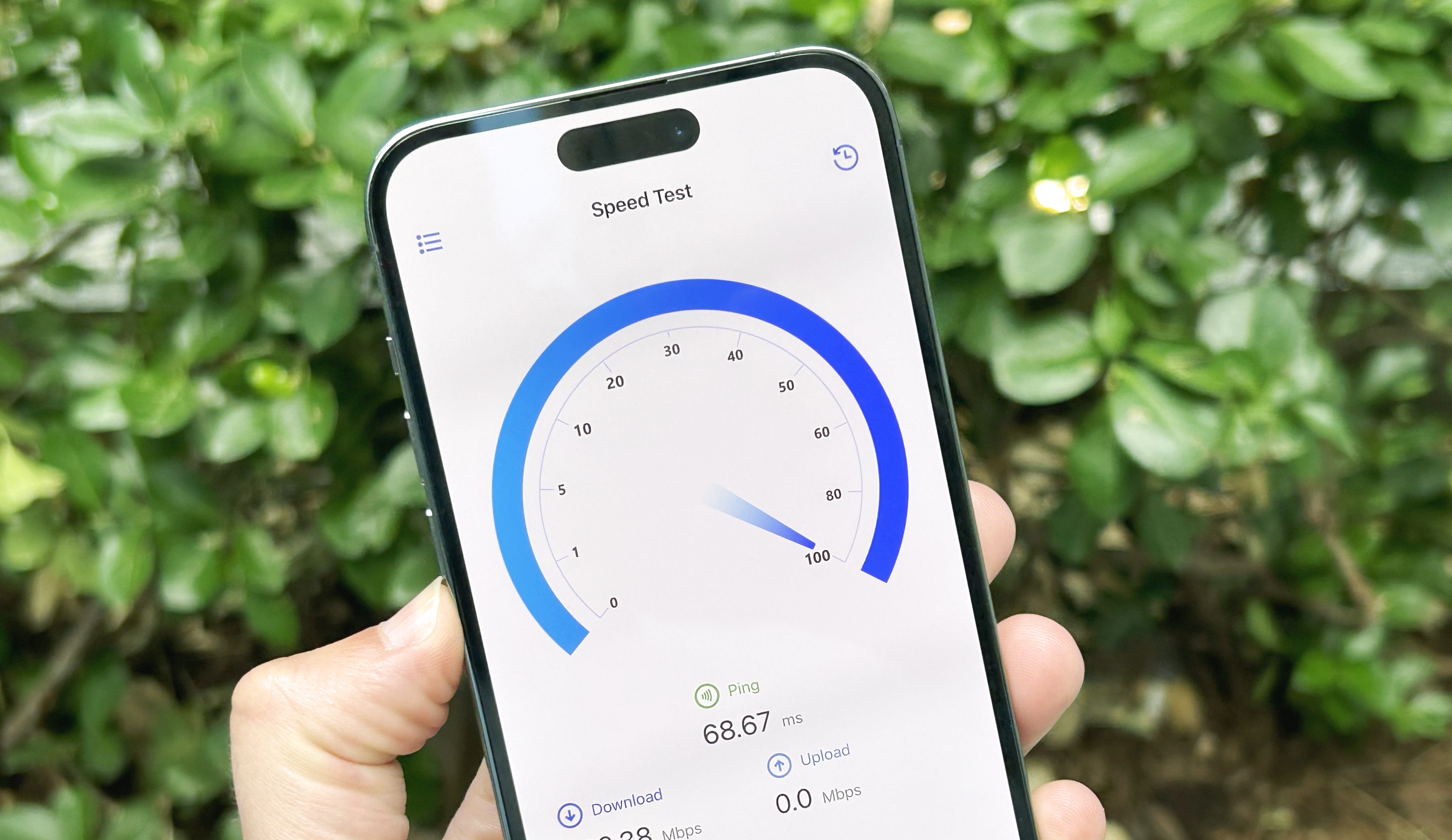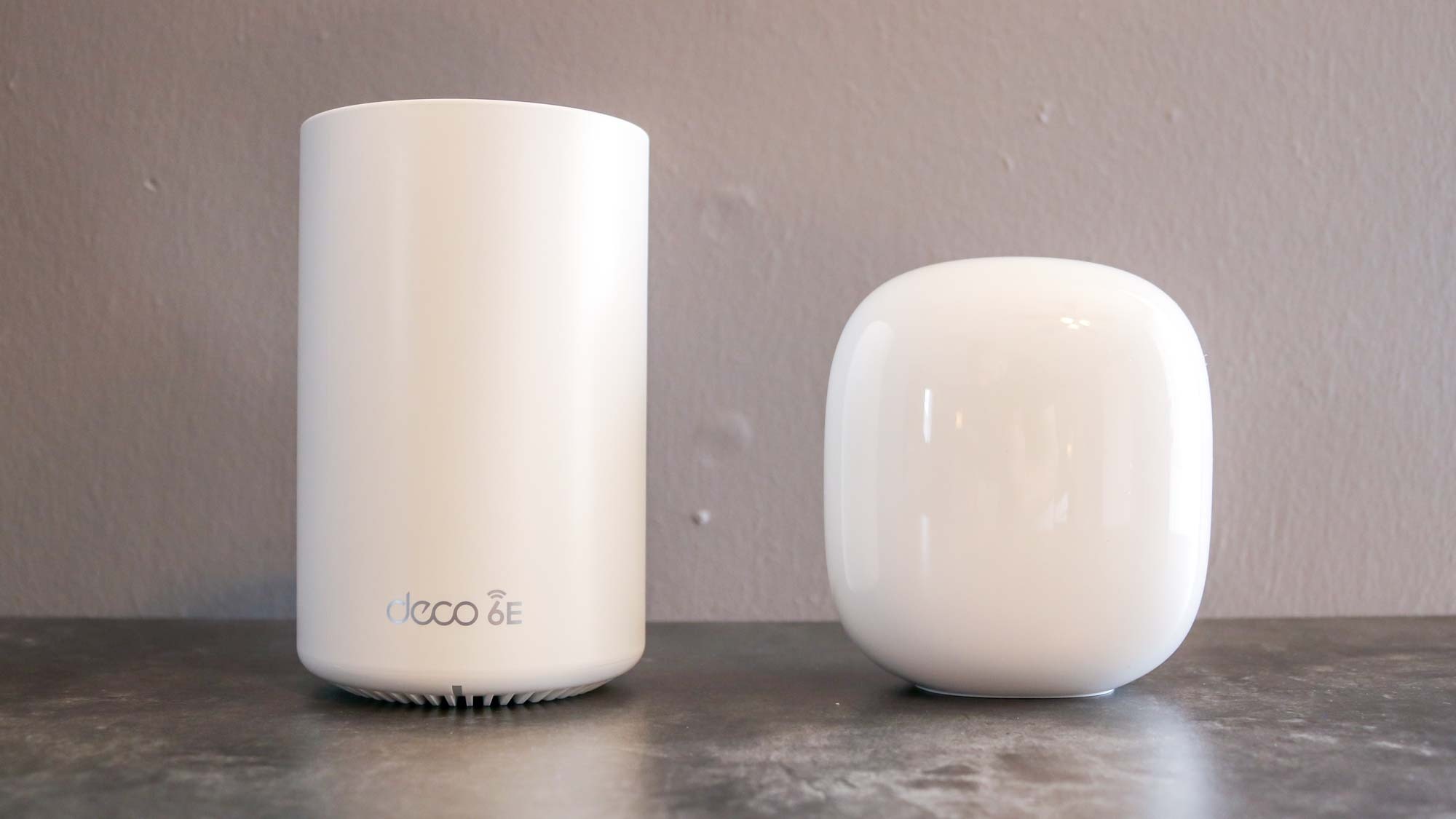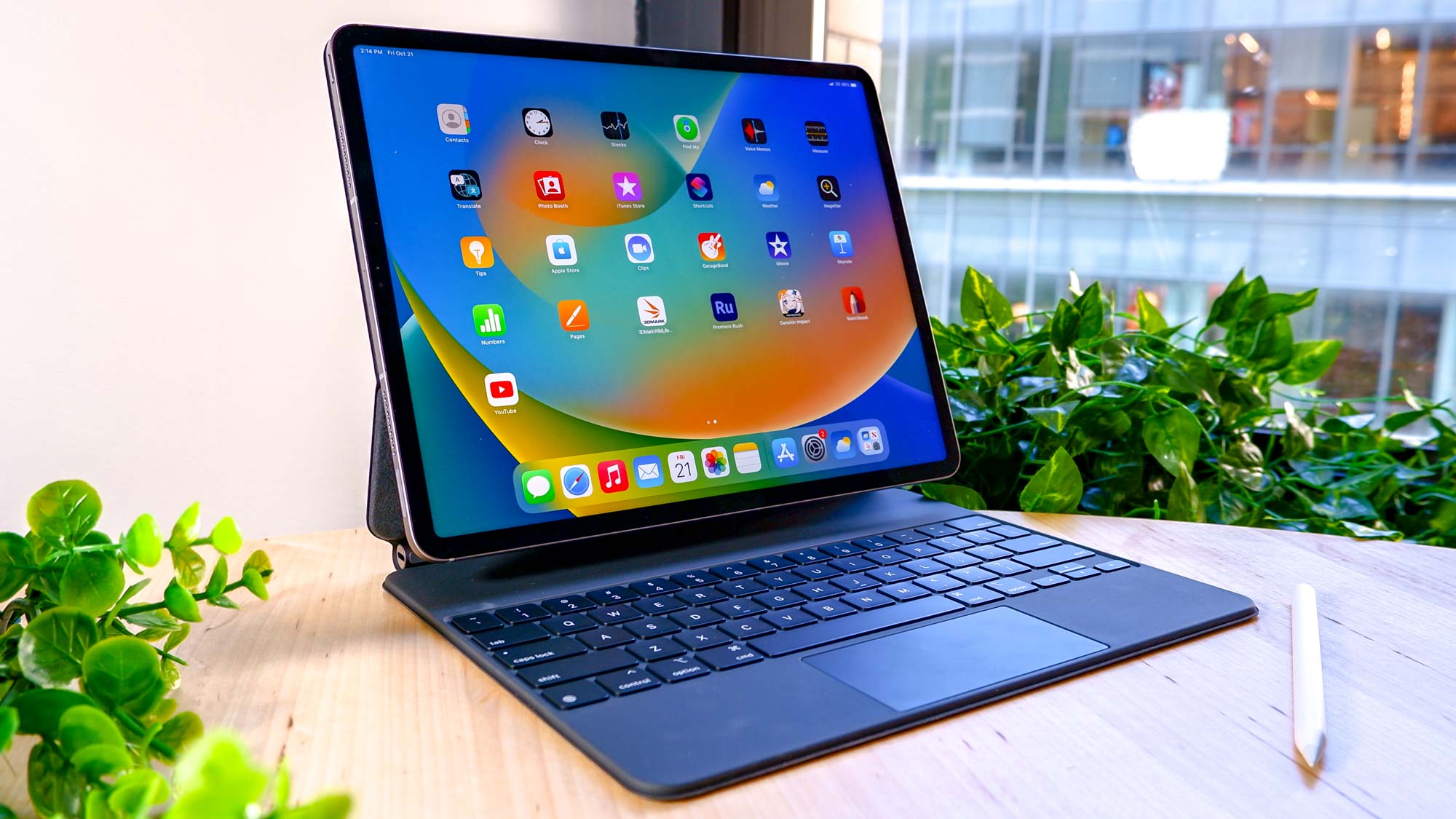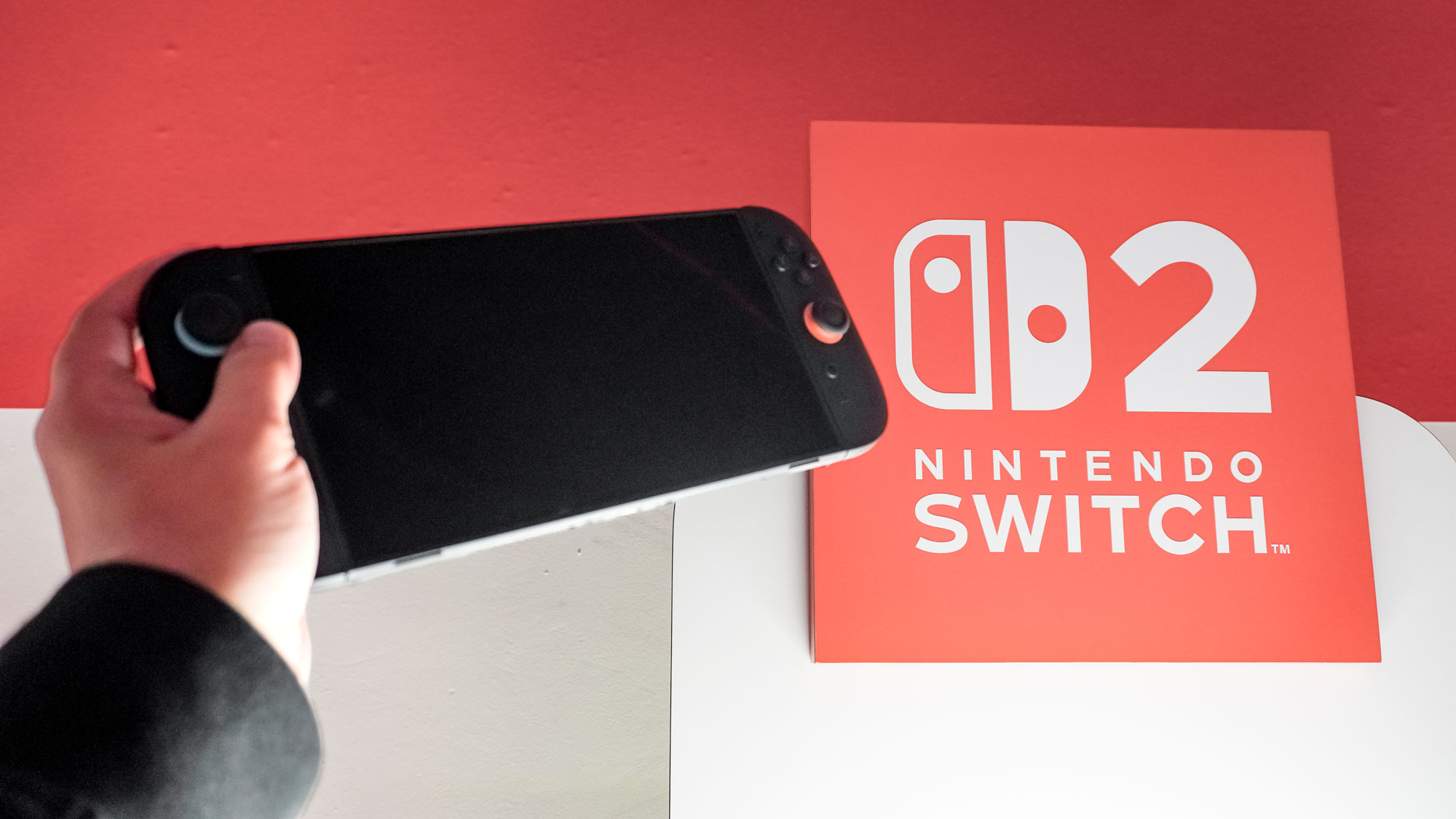iPhone 15 Pro — this is the one device you need to get the most out of Apple’s phone
And it isn’t a new Apple Watch

The iPhone 15 Pro may bear more than a striking resemblance to the iPhone 14 Pro series at first glance — especially if you’re just looking at the front of the phone — but the upgrades on the inside are what I’m most excited about.
Besides the all-new A17 Pro chip, Apple has also outfitted its latest pro-model iPhone with a new modem from Qualcomm. While many thought the company might design its own modems to break free from having to rely on Qualcomm, that didn’t happen with the iPhone 15 and we’re not going to see an Apple-built modem until at least 2027 based on a new agreement between the two companies.
Still though, using an established Qualcomm modem instead of a new, untested one comes with a number of benefits. If you upgrade to either the iPhone 15 Pro or the iPhone 15 Pro Max, your device’s Wi-Fi is about to get a big speed boost. The regular iPhone 15 is getting an upgrade as well but it won’t be nearly as impressive.
Unlike with the best Samsung phones or the OnePlus 11 (which is the first smartphone to support Wi-Fi 7), Apple has always been a bit behind the curve when it comes to adopting the latest wireless standards. As such, if you’re an iPhone user, your home network might not be ready to take full advantage of the iPhone 15 Pro and iPhone 15 Pro Max’s upgraded Wi-Fi. Fortunately, we’re here to help you get ready for when your iPhone preorder arrives.
Finding the right Wi-Fi 6E router for your iPhone 15 Pro

If you’re planning to drop $999 on the iPhone 15 Pro or $1,199 on the iPhone 15 Pro Max, you’re going to want to set aside some extra money as you’re going to need one of the best Wi-Fi routers or more specifically, one of the best Wi-Fi 6E routers to get the most out of your new smartphone.
You see, the iPhone 15 Pro series ships with Wi-Fi 6E support while the regular iPhone 15 series comes with just Wi-Fi 6. While you can check out our guide on Wi-Fi 6 vs Wi-Fi 6E, the main difference between the two is that in addition to the 2.4 and 5 GHz bands, Wi-Fi 6E adds a new, faster 6 GHz band. This new band has a theoretical top speed of 9.6 gigabits per second (Gbps) but in our own real-world testing, we normally see speeds of just over 1 Gbps when connected to the 6 GHz band.
There is a big catch when using the 6 GHz band with a Wi-Fi 6E-equipped router. Although you will see much faster speeds, your smartphone needs to be in the same room as your router. If you live in an apartment or a smaller house, then a traditional Wi-Fi 6E router should be fine. However, if you have a larger home, then you’re going to want to use one of the best mesh Wi-Fi systems instead as they use multiple satellites to spread the signal from the main unit which serves as a router throughout your whole house.
If you were hoping to pick up a new Wi-Fi router from Apple, you’re out of luck as the company hasn’t released a new version of its Airport Extreme router since 2016. For this reason, you’re going to have to pick up a router from another company instead.

Google’s own Nest WiFi Pro fits in with Apple’s aesthetic but if you want something more compact, the Eero Pro 6e from Amazon might be what you’re after. If you’re the kind of person who gets a new iPhone every year and has money to spend, Netgear’s Orbi Wi-Fi 6E offers the best performance; be warned, a three-pack will set you back almost as much as an iPhone 15 Pro Max with 1TB of storage will. If you’re on a tighter budget though, TP-Link’s Deco XE75 is a Wi-Fi 6E mesh router that’s available in a three-pack for $399.
Other Apple devices that support Wi-Fi 6E

Investing in your own Wi-Fi router or mesh router is a good idea on its own as you’ll no longer need to pay rental fees to your Internet Service Provider each month. However, you also need to pick up one of the best cable modems to be completely free from your ISP.
If you are upgrading to the iPhone 15 Pro or iPhone 15 Pro Max, chances are you also own other Apple devices. While not every one of the company’s devices supports Wi-Fi 6E yet, a growing number of them do, including the MacBook Pro 14-inch (2023), MacBook Pro 16-inch (2023), Mac mini (2023) and last year’s iPad Pro.
A new router with Wi-Fi 6E will let you use all of these devices as well as your new iPhone 15 Pro or iPhone 15 Pro Max to their full potential. At the same time, a new router will also support a larger number of connected devices overall so your laptop, phone, TV and smart home gadgets won’t have to fight for bandwidth anymore.
Go Pro or wait till next year
For those who want an iPhone with the fastest Wi-Fi yet, you’re going to have to pony up more for an iPhone 15 or iPhone 15 Pro Max. However, if you’re not quite ready to upgrade yet and want to hold onto your current iPhone for a bit longer, waiting until the iPhone 16 is your best bet. Just like we saw this year with the iPhone 14 Pro and the iPhone 15, the best features of last year’s Pro model iPhone trickled down to the base model and this will likely be the case with the iPhone 15 Pro and the iPhone 16.
The choice is yours but as someone who’s been enjoying the fast speeds and improved performance of Wi-Fi 6E after upgrading to a mesh router last year, you’re in for a big upgrade that your entire household will benefit from.
More from Tom's Guide
Sign up to get the BEST of Tom's Guide direct to your inbox.
Get instant access to breaking news, the hottest reviews, great deals and helpful tips.

Anthony Spadafora is the managing editor for security and home office furniture at Tom’s Guide where he covers everything from data breaches to password managers and the best way to cover your whole home or business with Wi-Fi. He also reviews standing desks, office chairs and other home office accessories with a penchant for building desk setups. Before joining the team, Anthony wrote for ITProPortal while living in Korea and later for TechRadar Pro after moving back to the US. Based in Houston, Texas, when he’s not writing Anthony can be found tinkering with PCs and game consoles, managing cables and upgrading his smart home.
